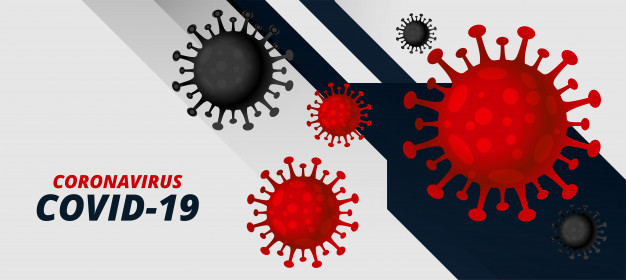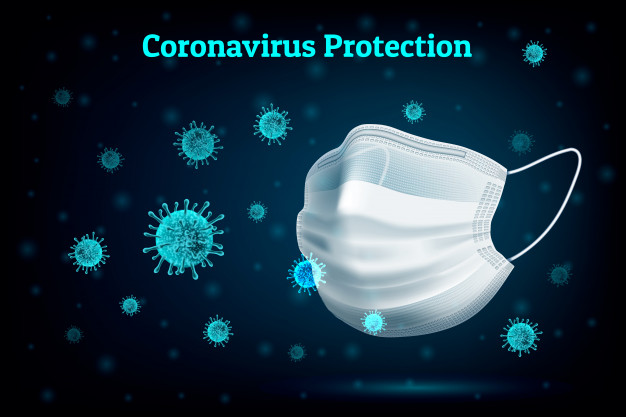With a rising death toll across the globe, researchers are looking for ways to develop highly effective detection tests for early diagnosis of COVID-19. Though there are tests based on the nasal swabs, other alternative methods like saliva-based tests can prove to be highly robust. In light of this, scientists have created an easy test that uses saliva instead of the nasal swabs as a sample.
The US Food and Drug Administration approved the first saliva test for COVID-19 testing for emergency early this month, which can be used as an alternative to existing tests.
“Considering the high transmission rates of coronavirus and rising cases, it is very crucial to have all types of testing options to carry out as much testing as possible in any form. The only way one can prevent the spread of coronavirus virus is by mass testing and self- isolation”, said by one of the researchers working on infectious disease and pandemic preparedness at the Johns Hopkins University.
Why lookout for alternatives?
Presently, COVID-19 testing involves the use of nasal swabs based tests where health professionals need to insert a swab into each nostril, reaching out at the back of the nasal cavity where the nasopharynx is located. The swab is gently scraped over the tissues to collect the sample and later sent for the analysis. Though the present method is robust, it proved to be very cumbersome to an extent. The nasal swab based testing requires highly professional health practitioners to perform the sample collection. In the present time where we are facing the shortage of healthcare professionals, the nasal swabs based tests increase the burden further. Moreover, extra precautions are needed to carry out this test, which includes wearing fresh gloves, personal protective equipment, and face shield that are in short supply.
On the other side, the collection of saliva samples is quite easy and can be performed by any individual without the requirement of expertise. Saliva tests have been used in the market for the various genetic tests and are quite common to people. The process involves thoroughly cleaning the hands and spitting the saliva sample into the collection tube up to the mark indicated. The entire process is very easy and doesn’t require a large number of safety requirements such as PPE. However, as per the recent guidelines shared by Food and Drug Administration (FDA), saliva-based testing will still be carried out in the healthcare setting under the guidance and supervision of expert & qualified healthcare professionals.
Saliva testing – a robust alternative
“Saliva testing will help with the global shortage of swabs for sampling and increase testing of patients, and it will not require health care professionals to be put at risk to collect samples,” Andrew Brooks, the chief operating officer of RUCDR Infinite Biologics, a biorepository backed by Rutgers University that developed the spit test, explains in a statement.
The saliva-based testing uses TaqPath Sars-CoV2 Assay which is used in existing coronavirus tests for identifying the viral RNA. Scientists shared that apart from identifying the potential carriers of the COVID-19 virus, the present saliva-based testing can help in re-testing the people who have shown recovery to help them end the self-isolation.
Way ahead
To assess the robustness of the saliva-based test for COVID-19 detection, researchers collected 60 samples from COVID-29 patients using the saliva swab tests. The results for Sars-CoV2 RNA in these saliva samples showed the same results as conventional nasal swab based tests taken from the same infected patients. This highlights the robustness and effectiveness of saliva as high as a nasal based test without any false-negative results.



